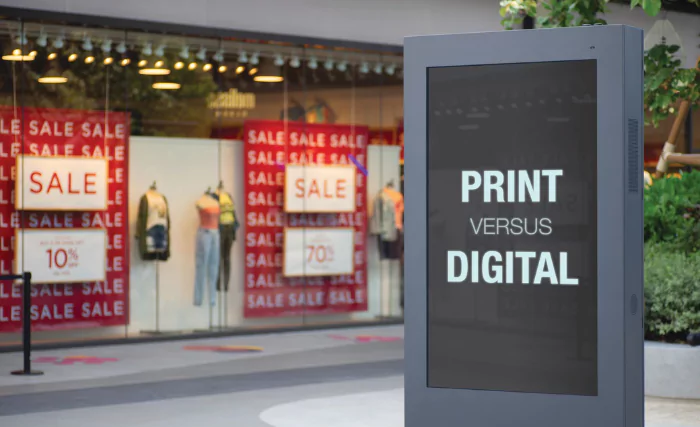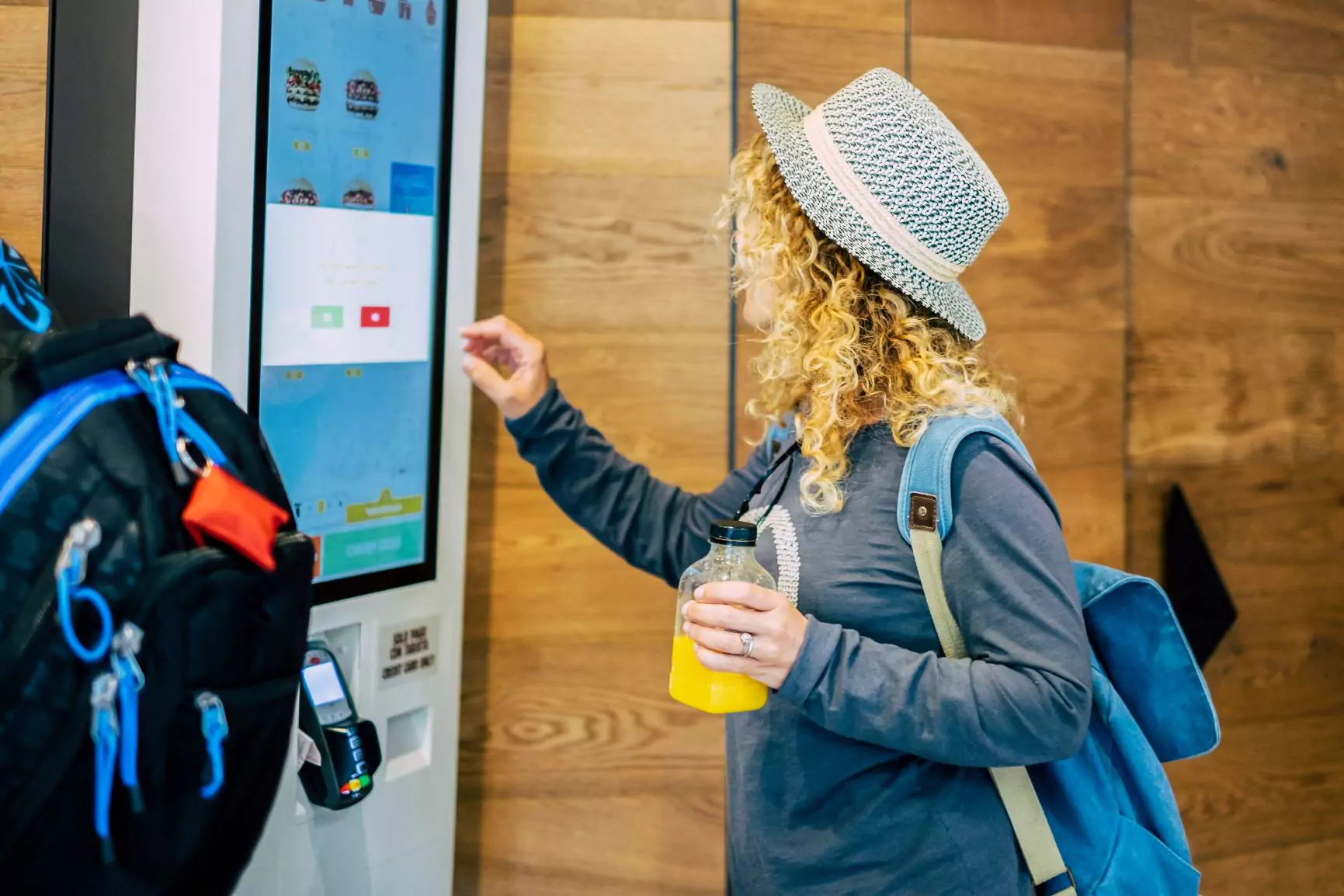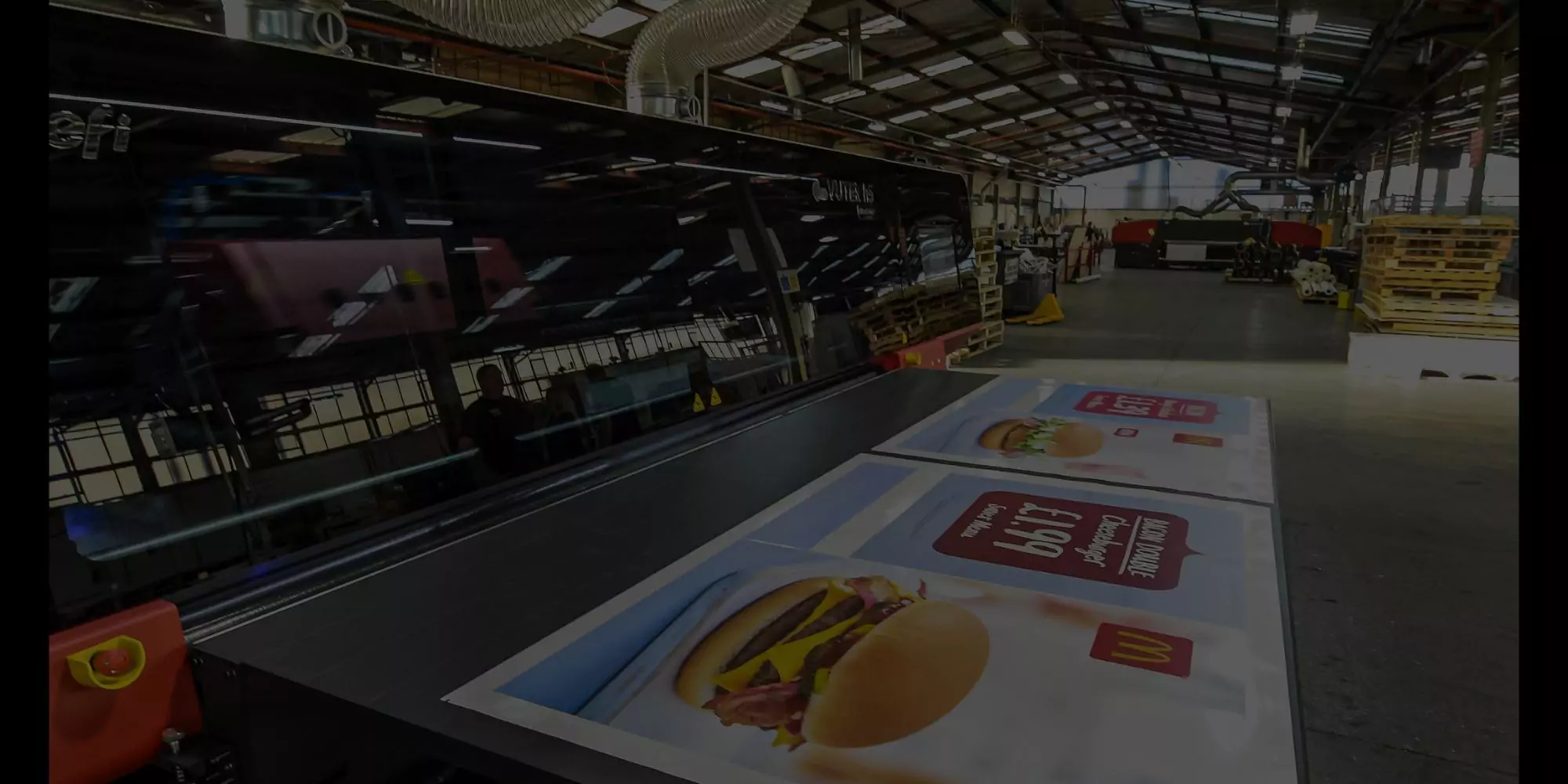
Print vs digital: which is best for in-store marketing?
Customers are back in stores. The excitement of real-world shopping has seen long queues and tills ringing in town centres across the country, as shoppers clamour to see, touch and experience in-store retail once more.
in-store displays are critical for building on the excitement that only in-person shopping can provide. And in 2021, retailers have more options to wow shoppers than ever before.
Over recent years digital in-store and out-of-home marketing has taken off – we’ve seen impressive digital billboards, creative bus stop marketing, interactive in-store touchscreens and digital POS.
In fact, in a recent Future Stores and HR Retail Report, 94% of retailers reported having used digital signage to augment, change, or improve their customers’ in-store experience.
So with the wealth of opportunities that digital offers, is it set to take over from print?
In short, no. While digital certainly has the ability to impress, there are certain situations where only print will do. And when the two are used in combination, they can be incredibly powerful.
It’s not a case of print vs digital; instead it’s about using the attributes of both, in the right way.
Where digital in-store marketing excels
Where print media is typically used to enhance the retail experience, market individual products and provide important customer information, digital marketing provides an opportunity to entertain.
Whether it’s interactivity (touchscreen FAQs or trivia for example), tips on complementary products, filmed demonstrations or interactive how-tos, digital marketing has the ability to engage customers and nudge them towards purchase in fresh new ways.
At an intelligence level, the data provided by digital interactivity can also help to inform marketing and promotional strategies, by analysing the most searched or viewed products for example. By using the data to anticipate behaviour, it’s then possible to create a more ‘personalised’ experience for the customer.
In addition, digital works particularly well in fast paced environments where the situation can change quickly. For example, in financial services, where interest and exchange rates tend to fluctuate; in a fast-food restaurant, where menus and pricing can change according to product availability and location, or in an airport, where retail screens can link to flight information and even the local weather – helping passengers decide whether to stock up on sunscreen (or extra socks!) before they travel.

Interactive digital screens can be updated quickly
When only print marketing will do
Print is part of the tactile, impactful experience of visiting a store.
As modern consumers we stare at screens all day, and there’s an excitement and enjoyment from being able to see, touch and feel fabrics and printed materials. Print can create a mood and bring products to life in the 3D world, much more effectively than digital. It’s also perfect for situations where there is a longer dwell time and customers need to digest information (before it disappears).
And for the many benefits of digital marketing, there’s often a flip-side. Whether it’s the pressure it places on in-store marketing teams to switch messages more often and think of new uses for the technology, or the logistical complications that it can introduce, the extra functionality comes at a cost.
There’s the capital outlay on the technology, issues with positioning and access to power, even the risk of failure. Print graphics meanwhile, can be switched out and repositioned relatively easily, while a huge amount can be achieved by changing backdrops or using clever lighting to create movement and interest.

Vibrant printed displays in-store can make an impact.
The power of combining print and digital
Printed wall graphics draw the eye – and can create more of an impact for a digital display, than a screen on its own. Combining the two can also deliver all of the information the customer needs. Create a stir with one and provide detailed product information and promotions with the other.
Having both printed and digital marketing working together can build longevity into displays and help with the cost of switching up messages. New information, flash sales and seasonal updates can be displayed on screen, while printed graphics can stay around for a little longer.
With digital media also now available in small, thin and battery powered formats, it’s possible to use screens within shelving display units or free standing displays to enhance individual product promotions. So instead of print vs digital, they’re used powerfully together.
Get in touch
If you would like help with your strategy to use both print and digital marketing for the biggest impact in your stores, please get in touch.


